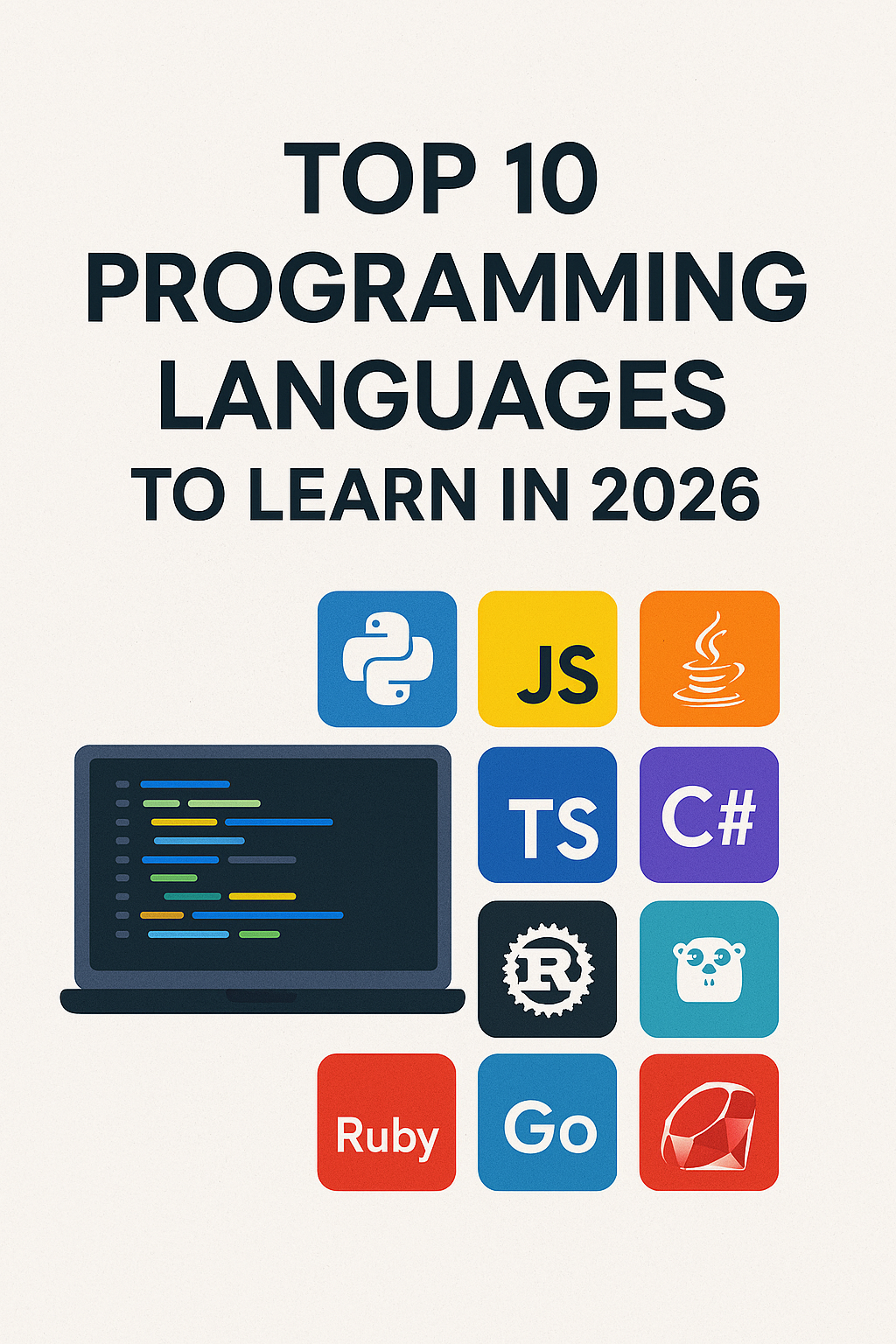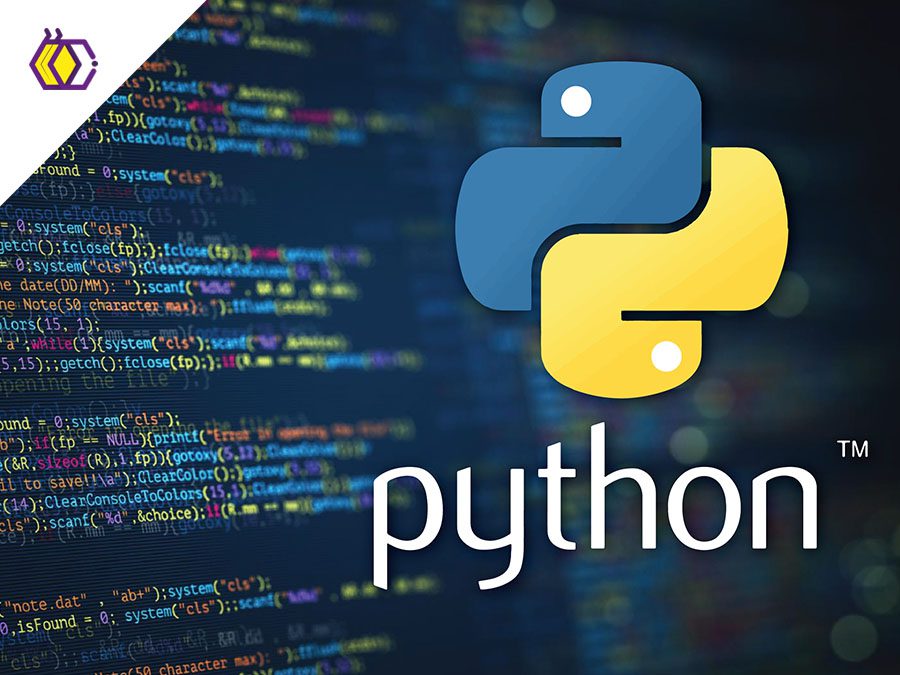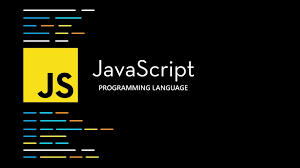Physical Address
304 North Cardinal St.
Dorchester Center, MA 02124
Physical Address
304 North Cardinal St.
Dorchester Center, MA 02124

Stay ahead of the curve with languages that power the future of tech
As we approach 2026, the tech landscape continues to evolve rapidly. From AI breakthroughs to the rise of edge computing and Web3, developers must stay agile and informed. Choosing the right programming language can open doors to new opportunities, higher salaries, and cutting-edge projects. Based on current job market trends, community growth, and technological shifts, here are the top 10 languages to learn in 2026.

1. Python
Why it matters: Python remains the go-to language for AI, machine learning, and automation. Its simplicity and vast ecosystem make it ideal for both beginners and seasoned developers. Use cases: Data science, web development, scripting, AI/ML.
2. Rust
Why it matters: Known for memory safety and performance, Rust is gaining traction in systems programming and blockchain development. Use cases: Embedded systems, WebAssembly, secure applications.

3. JavaScript
Why it matters: The backbone of web development, JavaScript continues to dominate front-end and full-stack development. Use cases: Web apps, mobile apps (via frameworks like React Native), server-side with Node.js..
4. Go (Golang)
Why it matters: Go’s simplicity and concurrency model make it perfect for scalable backend services and cloud-native applications. Use cases: Microservices, cloud infrastructure, DevOps tools.
5. TypeScript
Why it matters: A superset of JavaScript, TypeScript adds static typing and is widely adopted in enterprise-scale applications. Use cases: Large-scale web apps, front-end frameworks, API development.
6. Kotlin
Why it matters: Kotlin is the preferred language for Android development and is expanding into server-side and multiplatform projects. Use cases: Mobile apps, backend services, cross-platform development.
7. Swift
Why it matters: Apple’s official language for iOS and macOS development, Swift is fast, safe, and modern. Use cases: iOS apps, macOS software, wearable tech.
8. Julia
Why it matters: Julia is designed for high-performance numerical computing and is gaining popularity in scientific research and data-heavy fields. Use cases: Scientific computing, simulations, data analysis.
9. C#
Why it matters: With strong support from Microsoft and integration with .NET, C# is versatile across desktop, web, and game development. Use cases: Enterprise software, games (Unity), web apps.
10. Ruby
Why it matters: Though less dominant than before, Ruby (especially with Rails) still powers many startups and remains a great language for rapid development. Use cases: Web development, prototyping, automation.
📈 Final Thoughts
In 2026, versatility and specialization go hand in hand. Whether you’re diving into AI with Python or building secure systems with Rust, the key is to align your learning with your career goals and the evolving tech ecosystem.